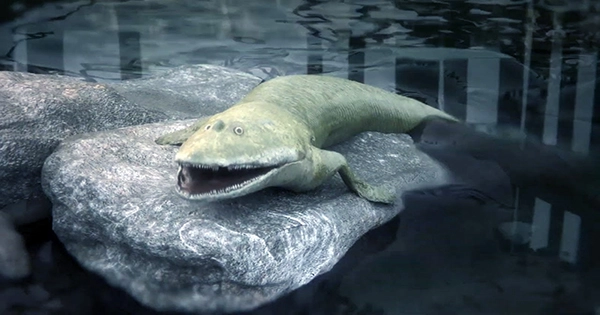A report published in Frontiers in Ecology and Evolution argues that a study of 400 million-year-old fish fossils can teach us about human structure. According to the authors, the fossils show that a long-lost fish gill eventually became a feature of the present vertebrate ear. The bones of the middle ear transform eardrum vibrations into more intense pressure waves, allowing humans to hear even very little disruptions over a wide frequency range. Their evocative names – which translate as hammer, anvil, and stirrup in Latin – are memorable even to those who recall nothing else about anatomy from school. They developed from something else, much like practically everything else in the human body.
Some experts hypothesized that the original was a spiracular gill that situated between the mandibular and hyoid arches of early vertebrates. This implies it sits behind the eye and in front of the surviving gills, for those of us who aren’t very familiar with fish anatomy. The spiracle is used by sharks and rays to suck in water and store it before releasing it via the gills with oxygen collected. Fish that prefer to hide from predators by submerging themselves in sediment have their spiracle on top of their bodies so that they can still reach clean water. In shallow water, some fish even use the spiracle to breathe air, getting the majority of their oxygen this way.
The spiracle was essentially abandoned as a breathing apparatus by land-living vertebrates, who instead focused on the nose and mouth as air routes, and instead found another purpose in the canal via which sound is delivered to the brain. Indeed, reptiles, mammals, and amphibians all repurposed the opening in this fashion, but with little differences. We know what the spiracle became, but it was more difficult to figure out where it originated from. A missing gill was a credible explanation suggested in the early twentieth century.
For proponents of the gill-to-ear pipeline, there was just one problem: no fossilized example of a completely functioning spiracular gill had been discovered. Although this isn’t altogether surprising given the scarcity of well-preserved fossils the further back one goes, it clearly remained an issue for proponents of the theory. 28 Chinese examples of a form of jawless fish known as Shuyu, dated up to 438 million years old, have finally filled the void. The presence of a spiracle gill is shown by reconstructing the Shuyu braincase.
In a release, first author Dr Zhikun Gai of the Chinese Academy of Sciences remarked, “These fossils offered the first anatomical and fossil evidence for a vertebrate spiracle arising from fish gills.” “Many critical human features, such as teeth, jaws, and middle ears, may be traced back to our fish ancestors. Paleontologists’ major goal is to uncover crucial missing connections in the evolutionary path from fish to humans. Shuyu is thought to be as important as Archaeopteryx, Ichthyostega, and Tiktaalik in terms of missing links “Professor Zhu Min, a co-author, remarked.
















